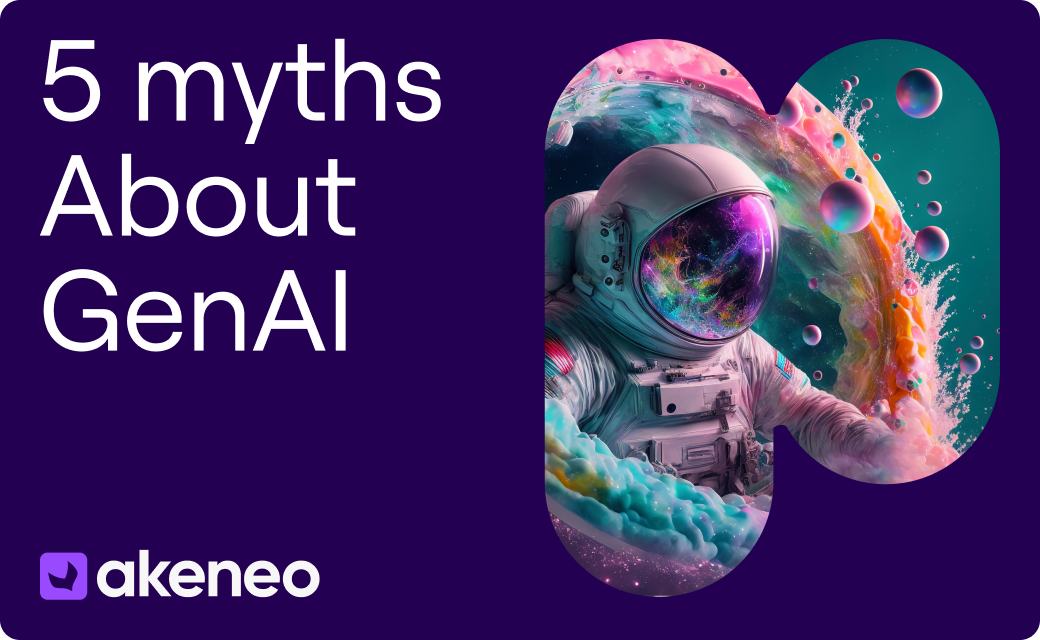From revolutionizing the customer experience to optimizing supply chains to replacing entire job functions and departments, the buzz around generative AI paints a tantalizing picture of unprecedented efficiency and shopping journeys powered by robots.
And while there’s a lot of really exciting ways your organization can take advantage of AI today, we’ve seen a lot of misinformation floating around about the impact AI will have on the retail industry. So, we decided to separate fact from fiction by dispelling the five most common myths we’ve heard about the most talked about technology of 2024, AI.
